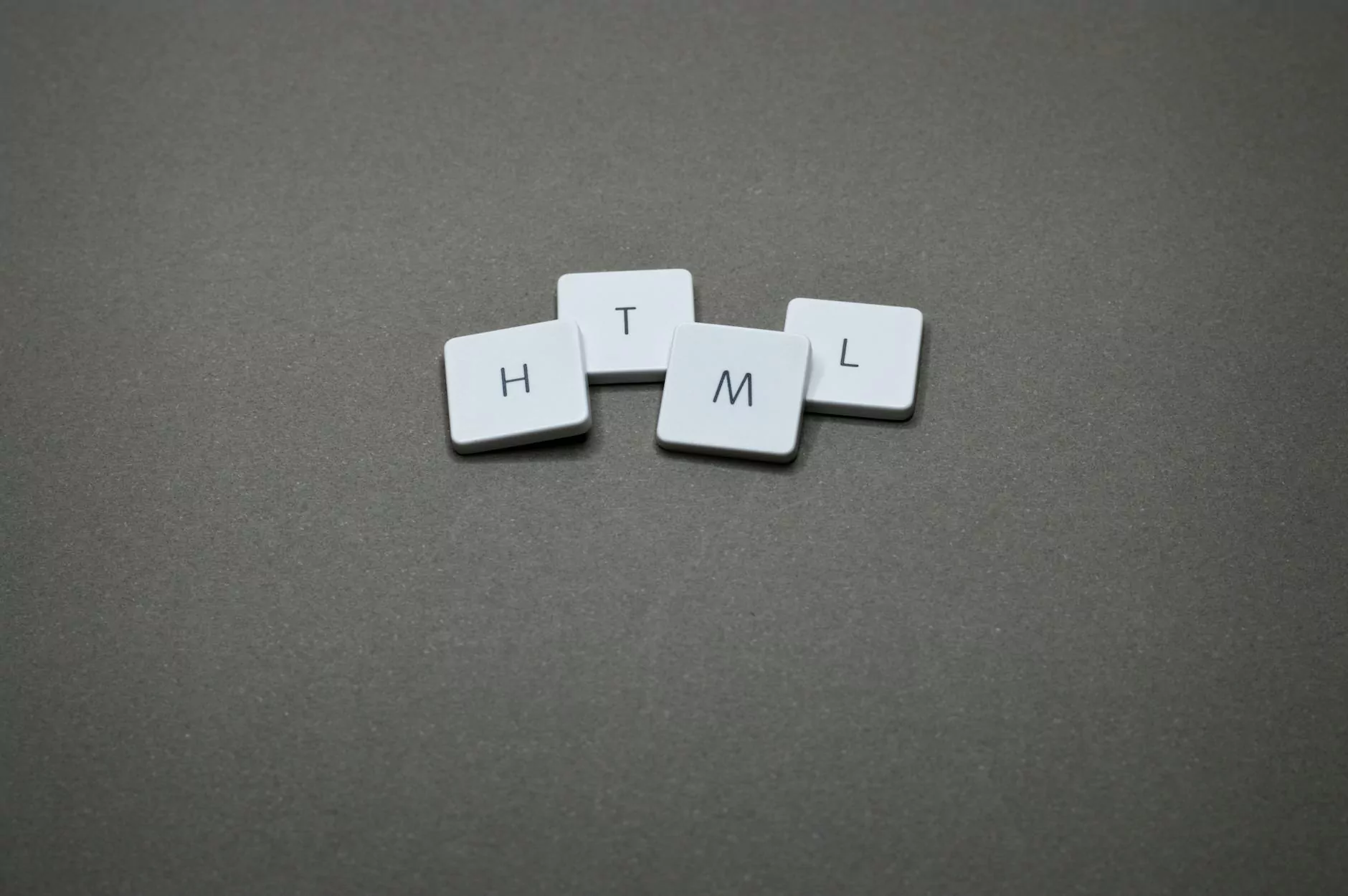Understanding and Managing Swollen Legs, Ankles, and Feet: A Expert's Guide to Vascular Medicine Solutions

Swelling in the legs, ankles, and feet is a common health concern that can significantly impact quality of life if left untreated. It manifests as an accumulation of excess fluid in the lower extremities, leading to discomfort, aching, and sometimes potential complications. Recognizing the underlying causes and seeking specialized medical intervention, particularly from vascular medicine experts, is crucial for effective management and long-term health preservation.
Comprehensive Overview of Swollen Legs, Ankles, and Feet: Why It Matters
Swelling in the lower limbs can be caused by a variety of factors, ranging from benign conditions like prolonged standing to complex vascular diseases. When swelling persists or worsens over time, it can be indicative of underlying systemic issues requiring prompt diagnosis and treatment. The importance of addressing swollen legs, ankles, and feet cannot be overstated, since it often ties back to vascular health, circulation integrity, and overall cardiovascular wellness.
Common Causes of Swollen Legs, Ankles, and Feet
1. Venous Insufficiency and Chronic Venous Disease
Venous insufficiency occurs when the veins in the legs fail to efficiently return blood to the heart. This leads to blood pooling in the lower extremities, resulting in swelling, skin changes, and sometimes varicose veins. Chronic venous disease is a prevalent cause, especially among individuals with sedentary lifestyles or those who stand for prolonged periods.
2. Heart-Related Conditions (Congestive Heart Failure)
When the heart's ability to pump blood effectively diminishes, fluid can back up into the legs and ankles, causing bilateral swelling. Persistent swollen legs, ankles, and feet in the context of other symptoms like shortness of breath or fatigue often points toward heart failure, a serious condition requiring urgent medical attention.
3. Kidney and Liver Diseases
Impaired kidney or liver function can disrupt fluid balance and plasma proteins, leading to edema in the lower limbs. Conditions such as nephrotic syndrome or cirrhosis of the liver contribute significantly to swelling and require targeted management.
4. Lymphedema
Lymphedema is characterized by obstruction or dysfunction of the lymphatic system, leading to persistent swelling. It is often caused by surgical removal of lymph nodes, radiation therapy, or congenital abnormalities. This condition necessitates specialized lymphatic drainage techniques and compression therapy.
5. Inflammatory and Infectious Causes
Infections, cellulitis, and inflammatory diseases like rheumatoid arthritis can also trigger swelling, sometimes accompanied by redness, warmth, and pain. Proper diagnosis ensures that infections are managed with antibiotics and inflammation is controlled.
6. Medications and Lifestyle Factors
Certain medications such as calcium channel blockers, corticosteroids, or estrogen-based therapies can cause edema as a side effect. Additionally, lifestyle factors like obesity, dehydration, or excessive salt intake contribute to fluid retention.
The Vascular Medicine Approach to Diagnosing Swollen Legs, Ankles, and Feet
Accurate diagnosis of the cause behind swollen legs, ankles, and feet is essential for effective treatment. Vascular medicine specialists at platforms such as trufflesveinspecialists.com utilize a comprehensive, multi-modal approach to assess and evaluate patients:
- Medical History Review: Identifying risk factors, duration of swelling, prior vascular or systemic diseases.
- Physical Examination: Checking for skin changes, varicose veins, pitting edema, and signs of infection.
- Diagnostic Imaging: Duplex ultrasonography to evaluate venous flow, detect blood clots, and assess vein competence.
- Blood Tests: Liver, kidney function panels, and markers of systemic inflammation.
- Additional Tests: Lymphoscintigraphy or venography may be performed if lymphedema or complex venous issues are suspected.
Innovative and Effective Treatments for Swollen Legs, Ankles, and Feet
1. Compression Therapy
One of the cornerstone treatments, compression stockings or bandages help improve venous return and reduce edema. Custom-fitted compression devices are often prescribed based on individual assessments.
2. Endovenous Treatments
Minimally invasive procedures such as endovenous laser ablation, radiofrequency ablation, or foam sclerotherapy target incompetent veins, restoring proper blood flow and alleviating swelling caused by venous reflux.
3. Pharmacological Management
Vascular specialists may prescribe venoactive drugs, diuretics, or anti-inflammatory medications to control symptoms and address underlying issues. These treatments are tailored based on precise diagnosis.
4. Lifestyle and Dietary Modifications
Addressing risk factors such as obesity, sedentary lifestyle, and high salt intake can markedly improve outcomes. Regular exercise, elevation of legs, and weight management are integral components of a comprehensive plan.
5. Surgical and Interventional Procedures
In cases of severe venous disease or lymphedema, procedures such as vein stripping, lymphatic bypass, or lymphaticovenous anastomosis may be recommended by vascular surgeons to improve lymphatic and venous drainage.
Preventive Strategies to Avoid Recurring Swelling
- Maintain a healthy weight: Reduces strain on veins and lymphatic vessels.
- Exercise regularly: Promotes circulation and vascular health.
- Avoid prolonged standing or sitting: Take frequent breaks and elevate legs when possible.
- Wear appropriate compression: Especially during travel or long periods of inactivity.
- Monitor underlying health conditions: Keep chronic diseases like heart, kidney, or liver ailments well-controlled.
When to Seek Immediate Medical Attention
If swollen legs, ankles, and feet are sudden, severe, or associated with symptoms like chest pain, shortness of breath, redness, warmth, or systemic illness, immediate medical attention is vital. These signs could signal deep vein thrombosis, heart failure exacerbation, or infections that require urgent intervention.
Partnering with Vascular Medicine Specialists for Effective Care
At expert clinics such as trufflesveinspecialists.com, patients benefit from multidisciplinary teams that specialize in vascular health, offering state-of-the-art diagnostics and personalized treatment plans. Their focus on advanced minimally invasive therapies ensures optimal outcomes for patients suffering from swelling due to vascular causes.
Conclusion: Ensuring Long-Term Vascular Health and Relief from Swelling
The issue of swollen legs, ankles, and feet is complex, often requiring a nuanced approach rooted in expertise within vascular medicine. Understanding the diverse causes, employing innovative diagnostic techniques, and applying personalized treatment modalities can dramatically improve patient comfort and prevent serious complications. Staying proactive about vascular health and partnering with specialized clinicians can help restore mobility, alleviate discomfort, and enhance overall quality of life.
Remember, if you experience persistent or worsening swelling in your lower limbs, consult with experienced vascular specialists promptly to determine the underlying cause and commence appropriate interventions.
swollen legs ankles and feet








